60 Years of Volvo 1800
There are probably only a few Volvos that are better known than the 1800. Possibly still the Amazon, but sports coupés have more prestige. Hardly anyone expected such a car from the Swedish brand. Especially not after the P1900 Sport never got beyond small numbers. This two-seater roadster was launched in 1956 with a fiberglass-reinforced plastic bodywork. However, production ended after only 68 units. At the same time, initial preparations were being made for a new sports coupé. For this, the company turned to Pietro Frua in Italy. His design studio was at the time a subsidiary of Ghia and employed a young Swedish designer named Pelle Petterson.
Production negotiations with Karmann
Naturally, Petterson’s fingers were particularly itchy when he heard that he was to design a Swedish car. Especially because his father Helmer worked as an independent consultant for Volvo and knew nothing of his son’s activities at the time. In all, Frua produced three drivable prototypes between September 1957 and early 1958. Those were later called P958-X1, P958-X2 and P958-X3. This designation, given by Volvo, means Prototype 9 (September) 58 (1958) and eXperimental. Helmer Petterson drove the first prototype to Karmann in Osnabrück/Germany in December 1957. Negotiations took place there to have the new sports car produced there under contract. These were already quite advanced when in February 1958 Volkswagen, Karmann’s main customer, threatened to cancel all contracts if the Volvo order was accepted.
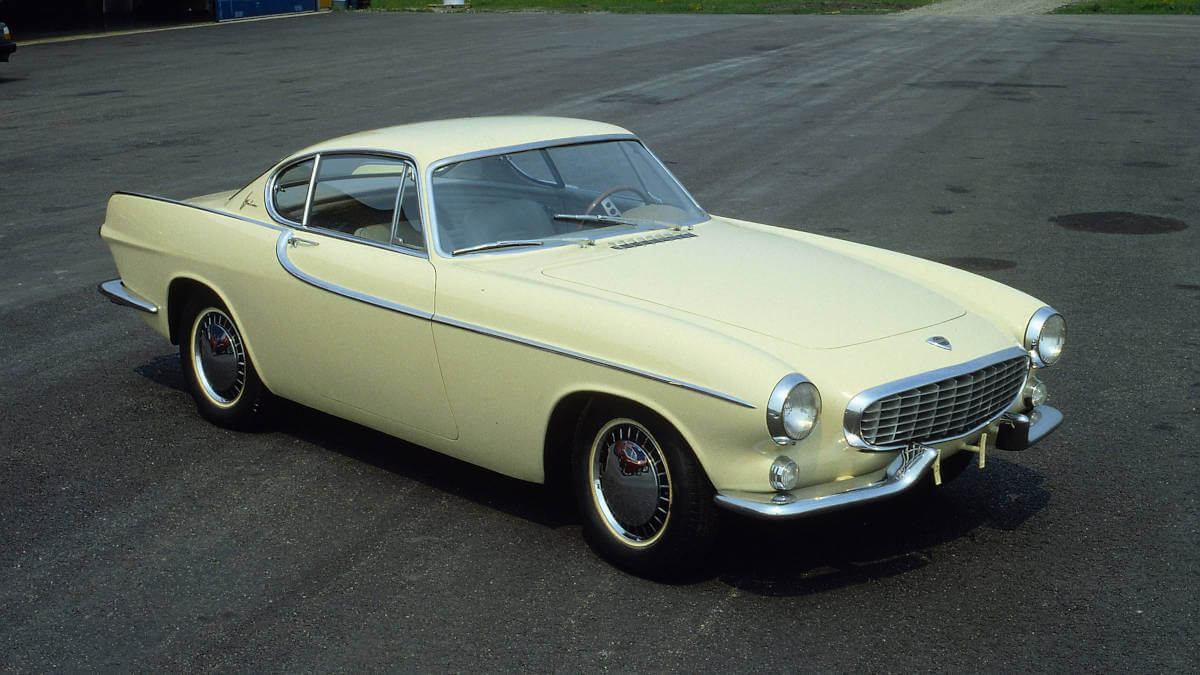



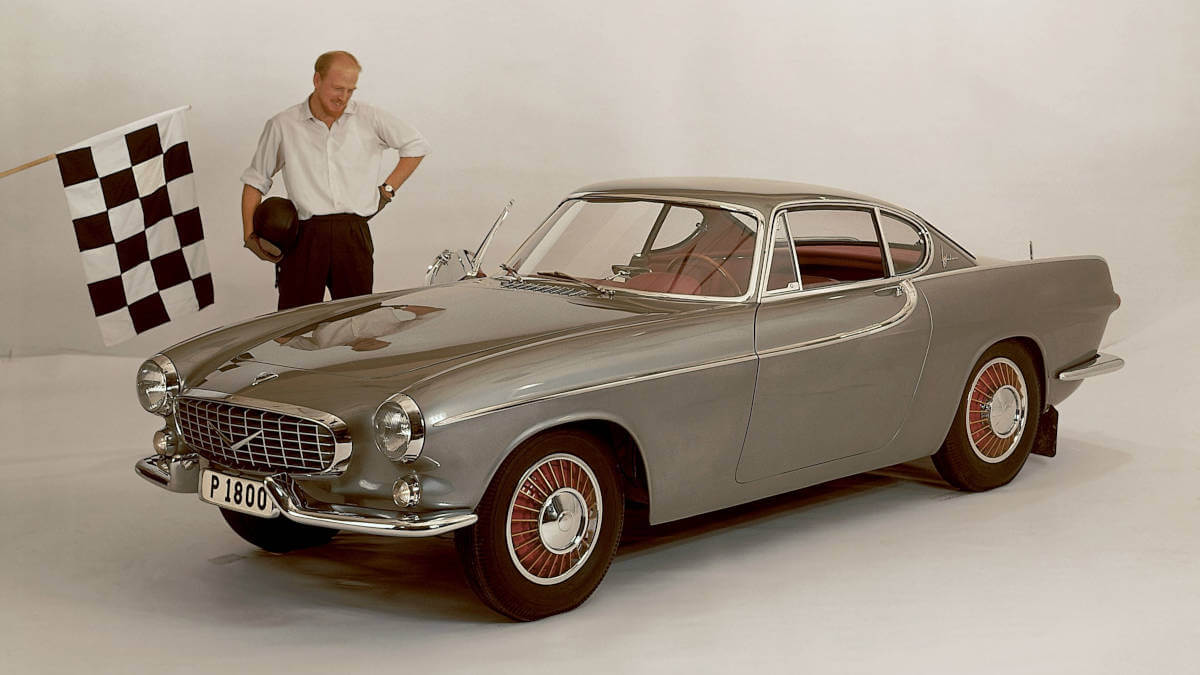



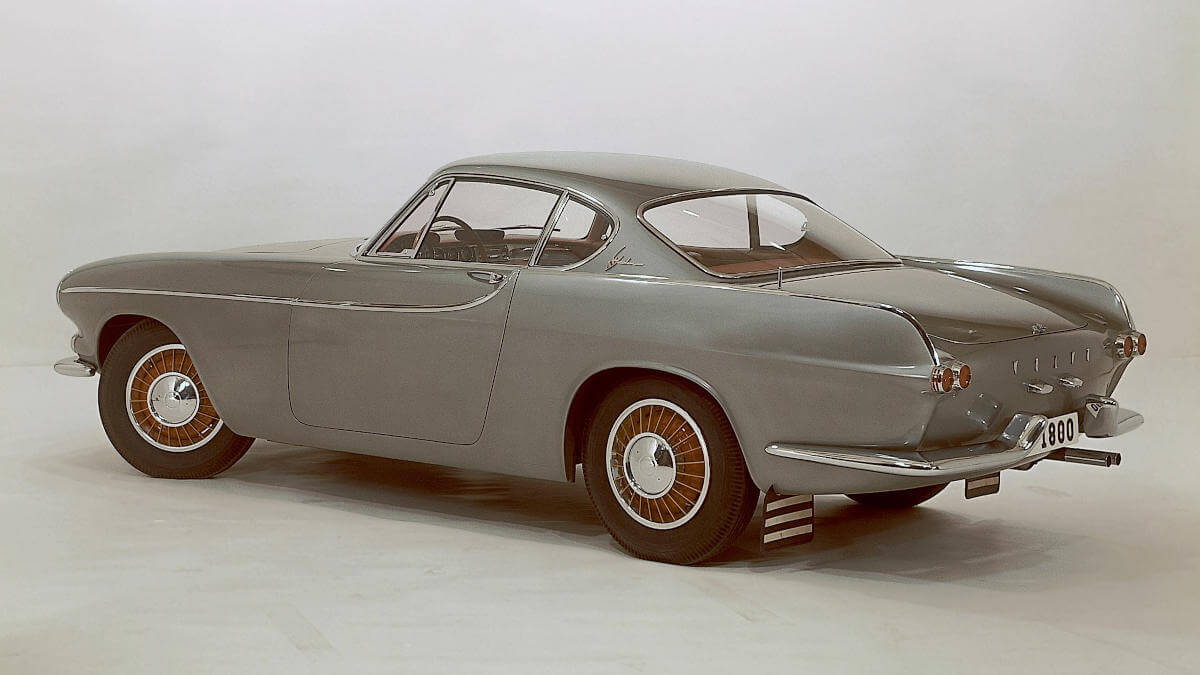



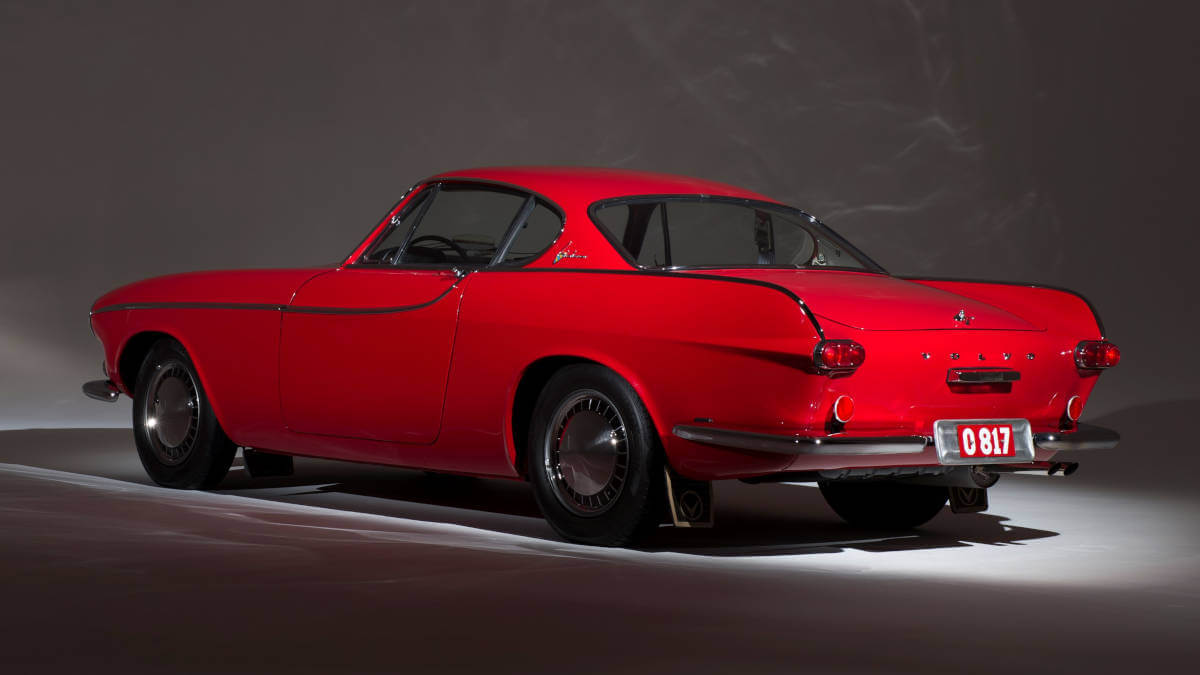



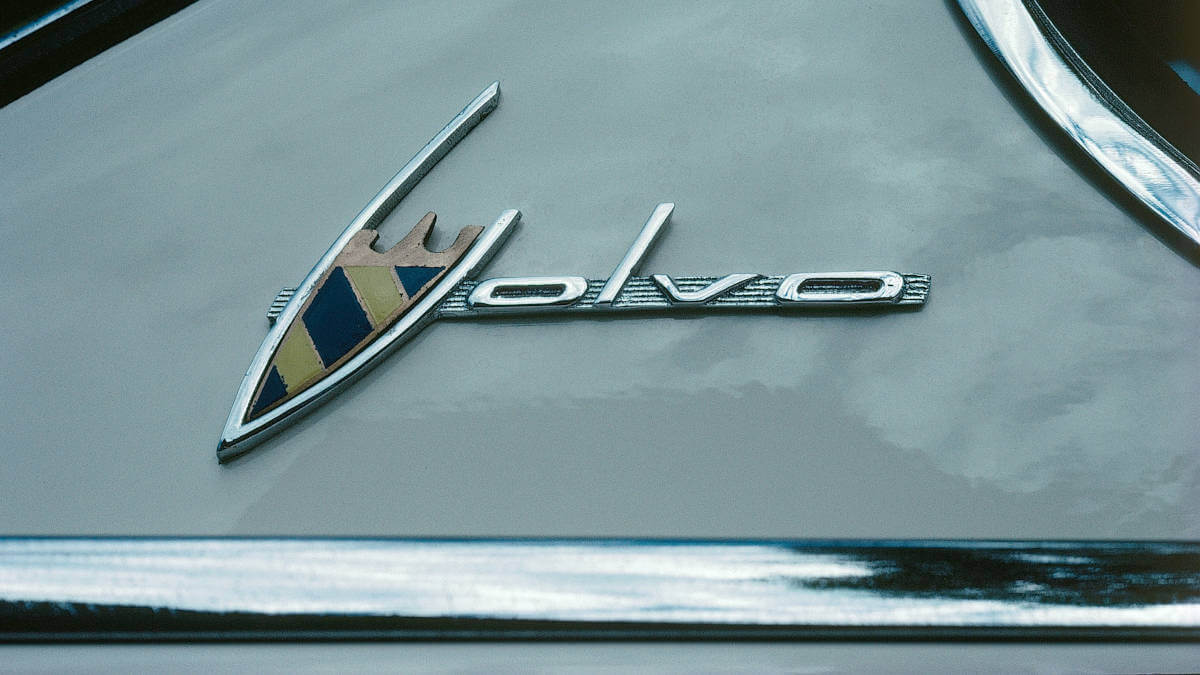



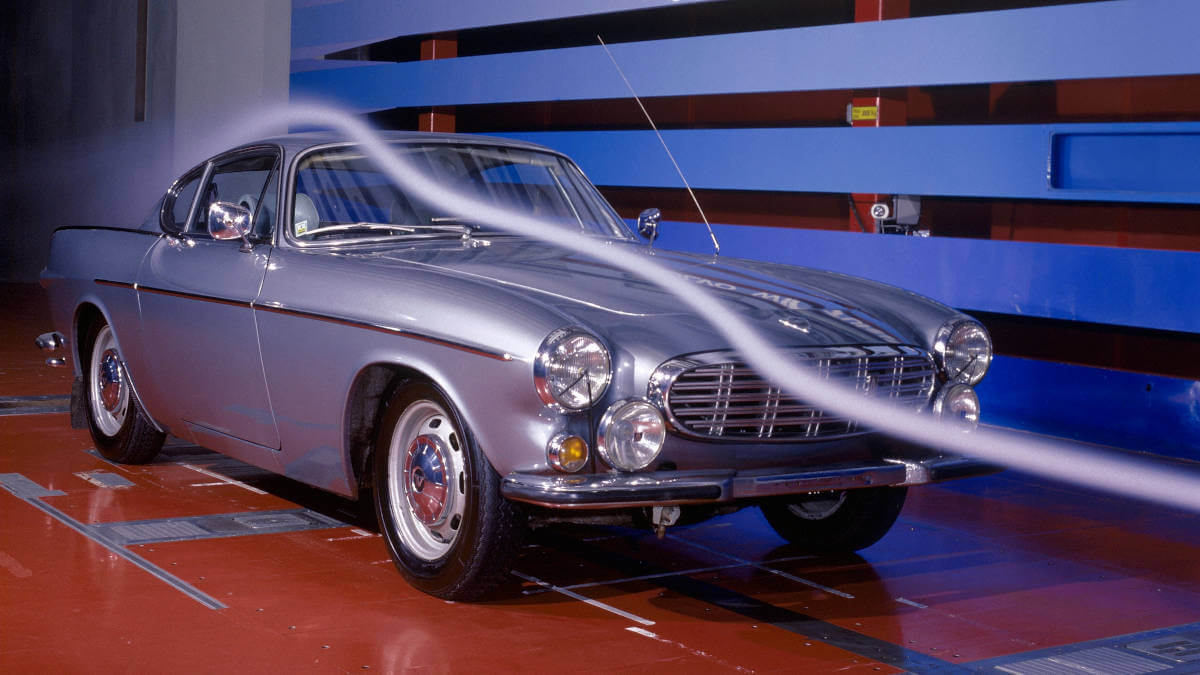



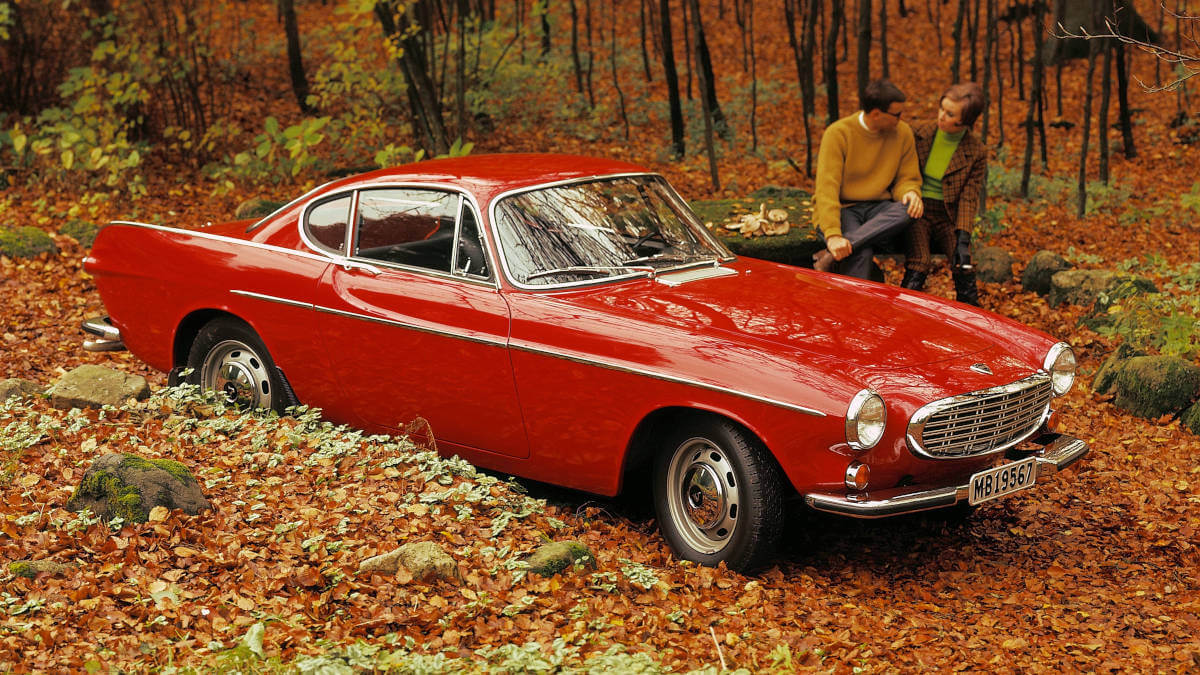



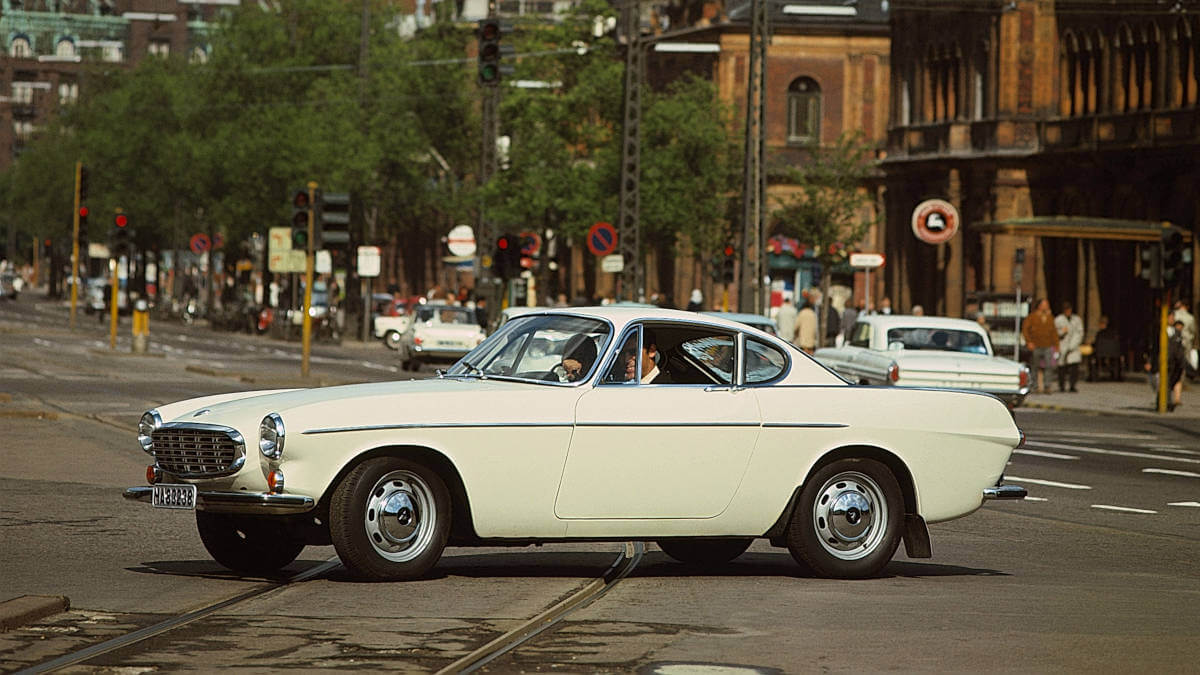



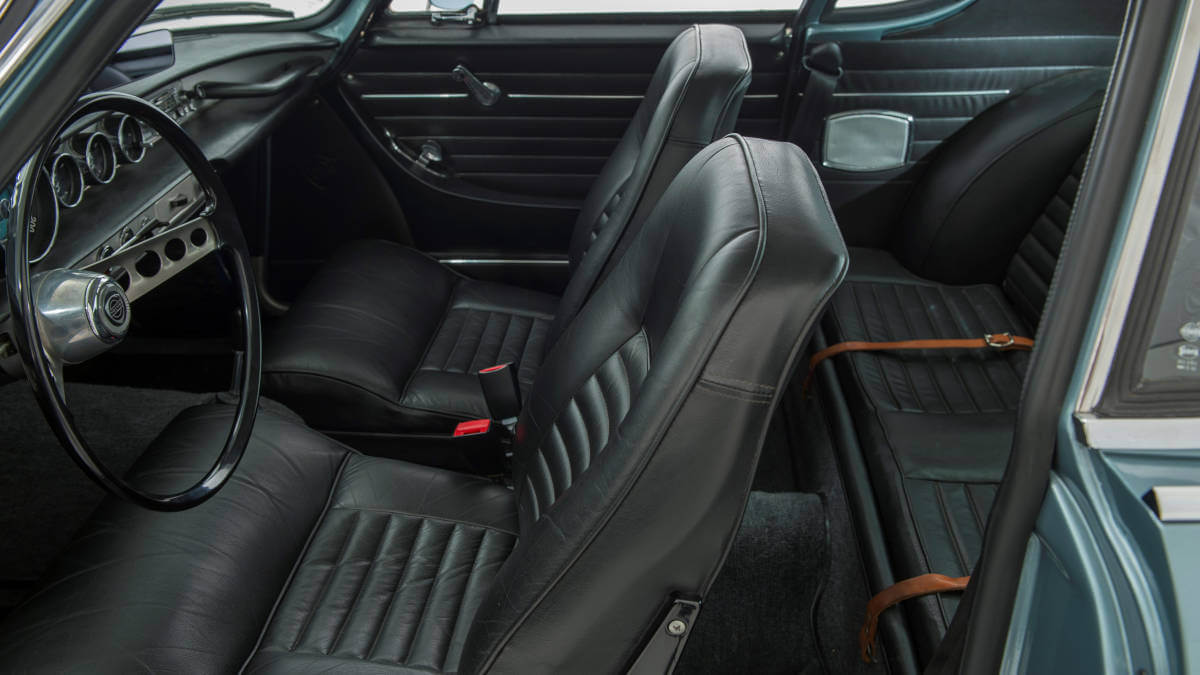



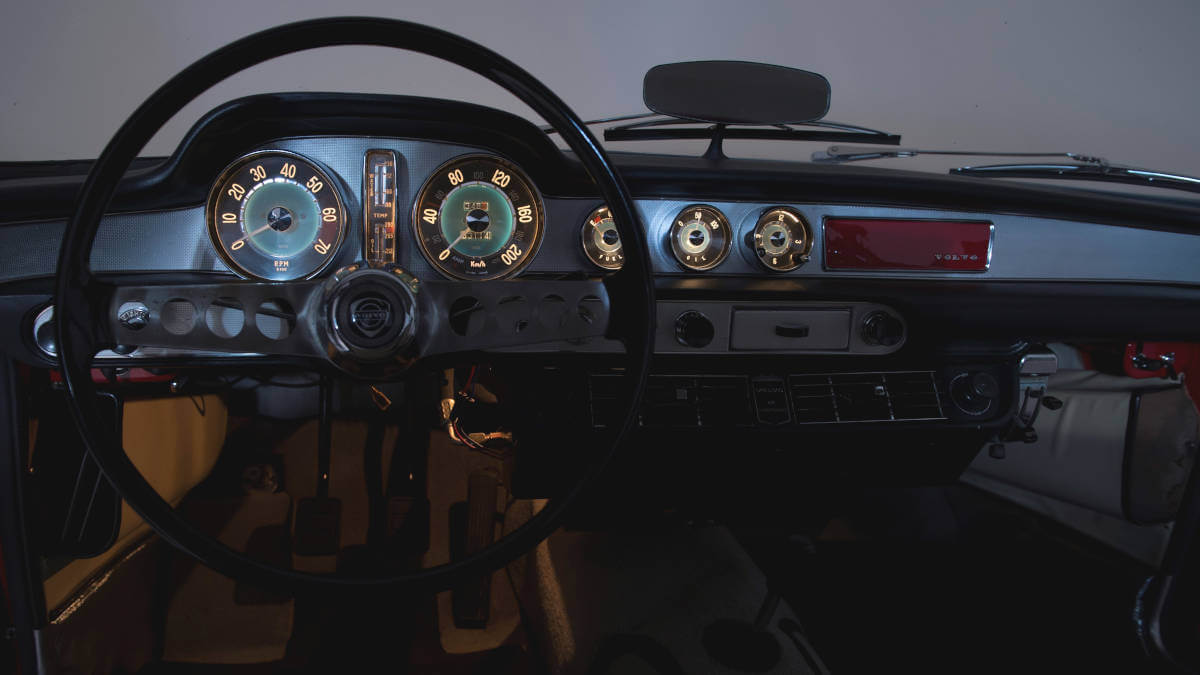



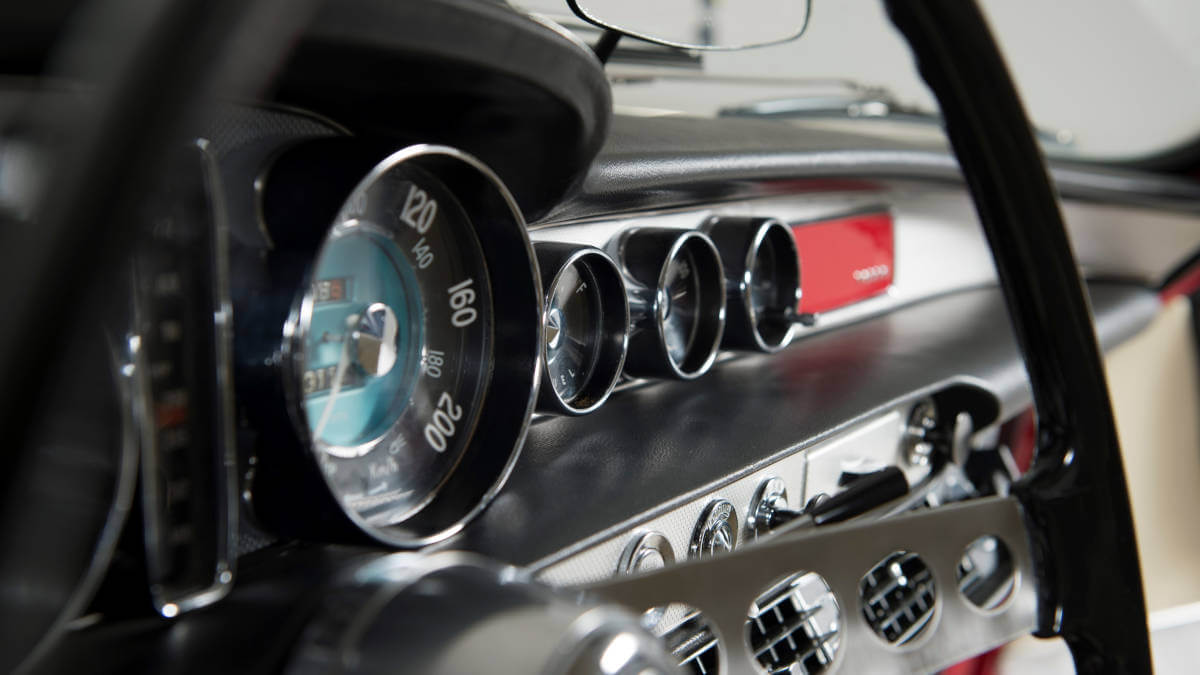



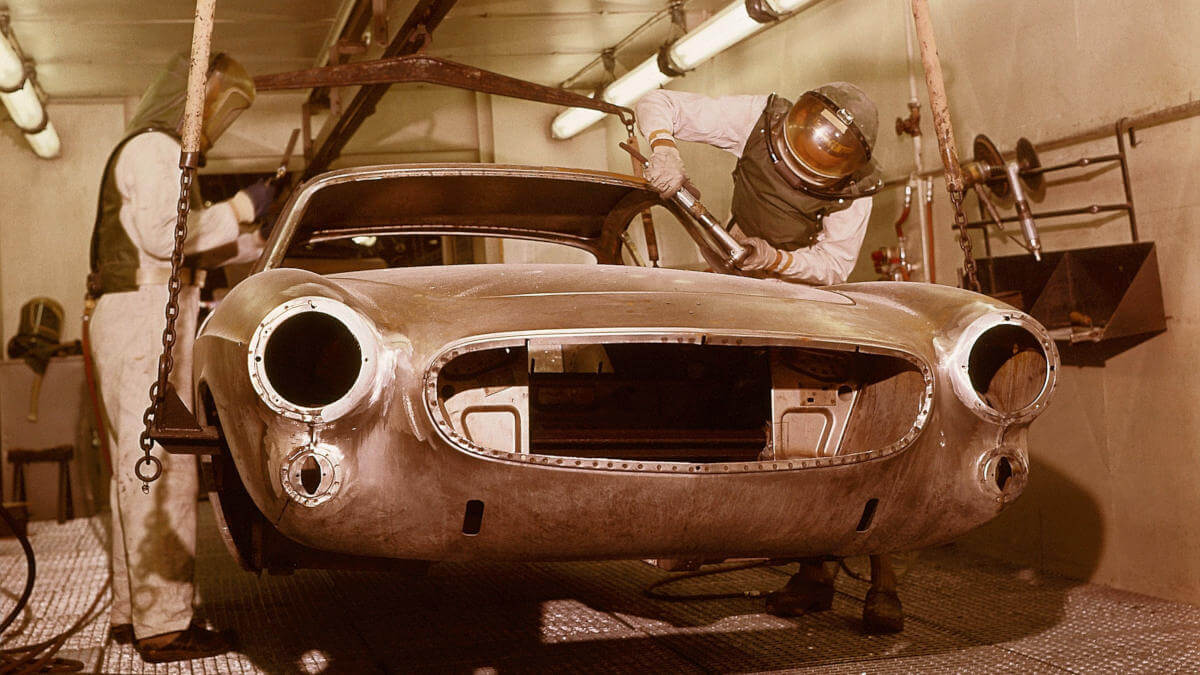



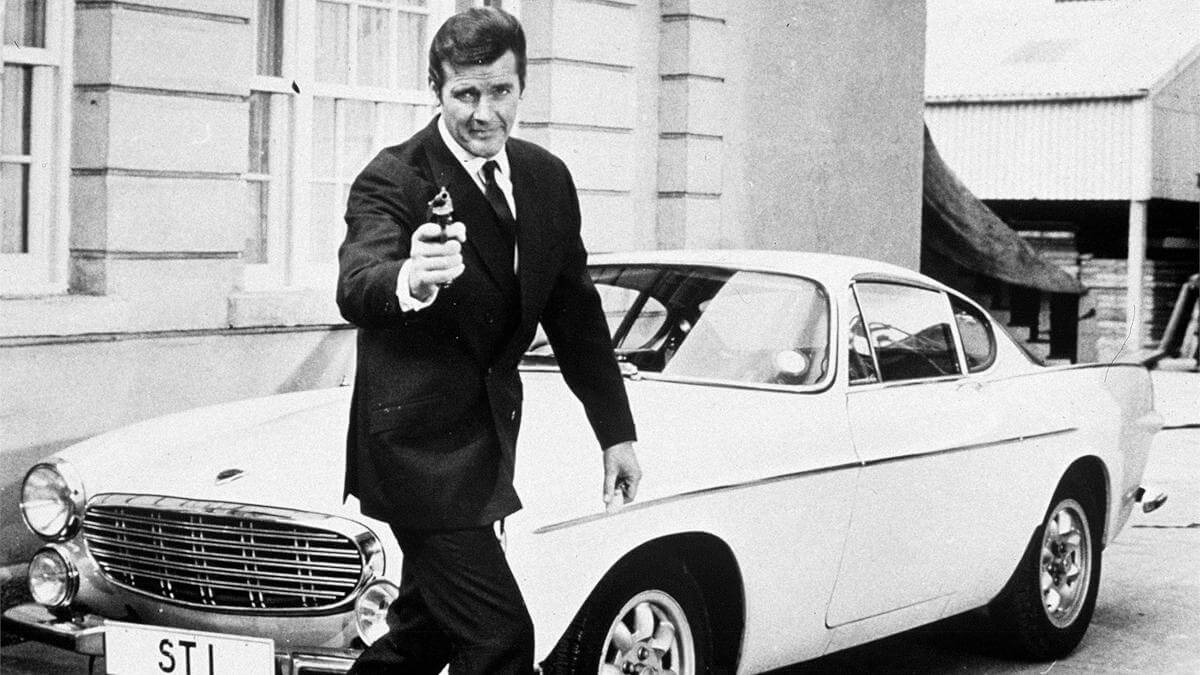



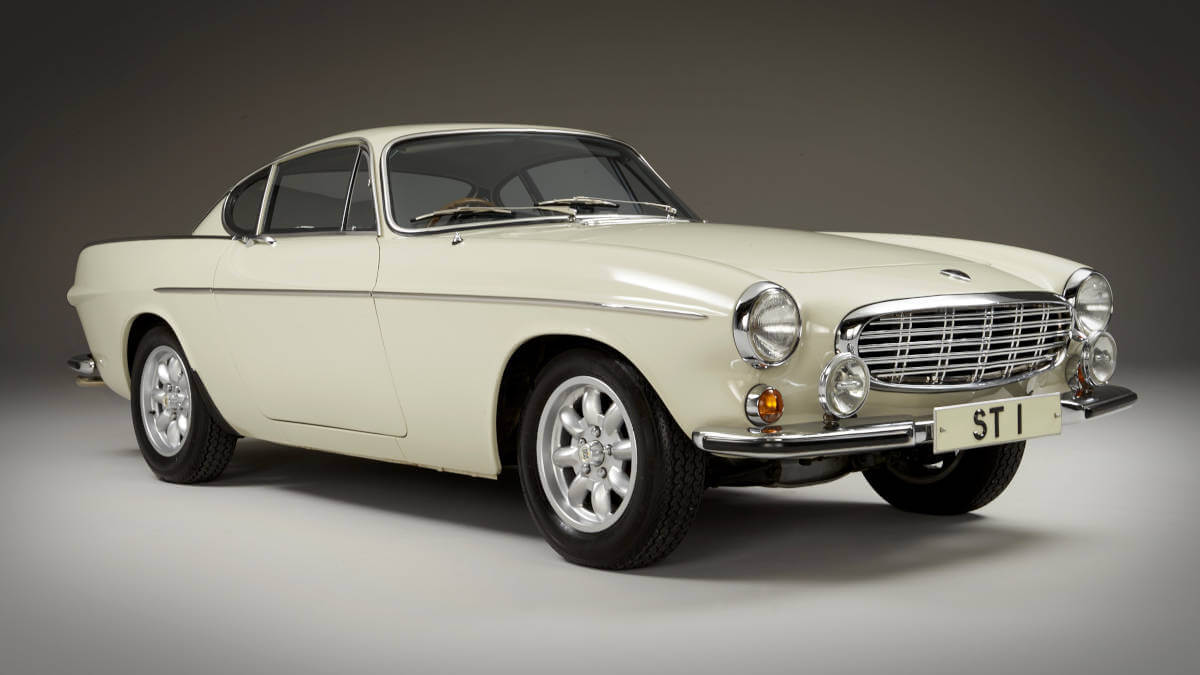



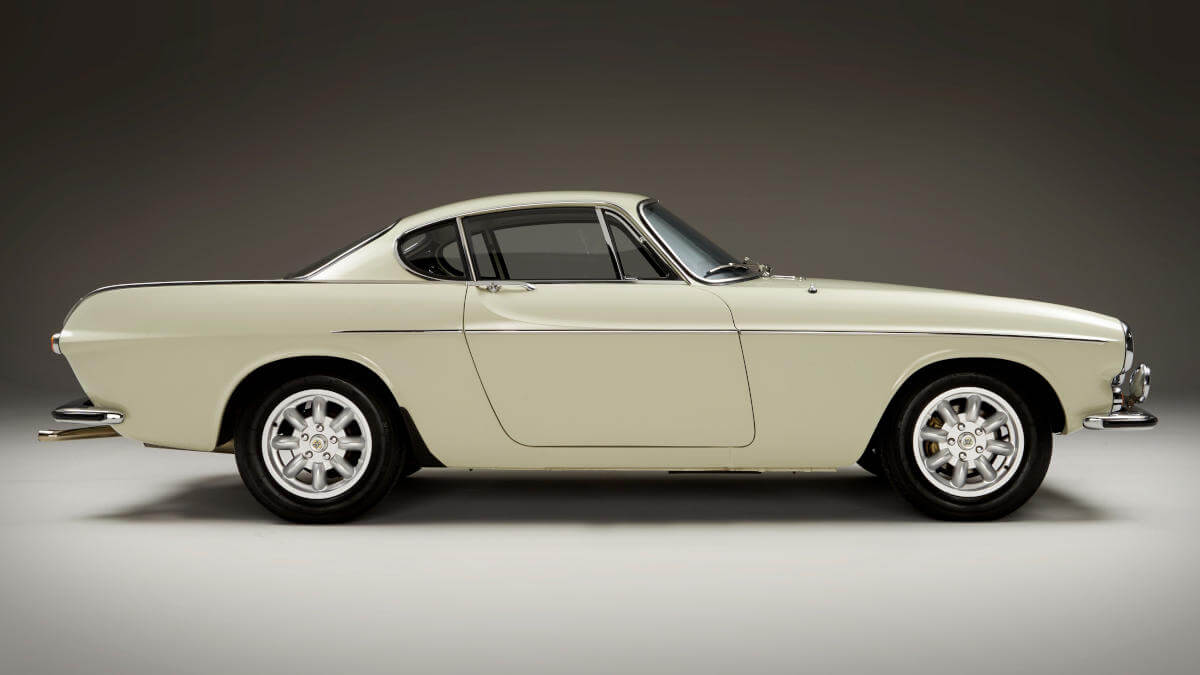



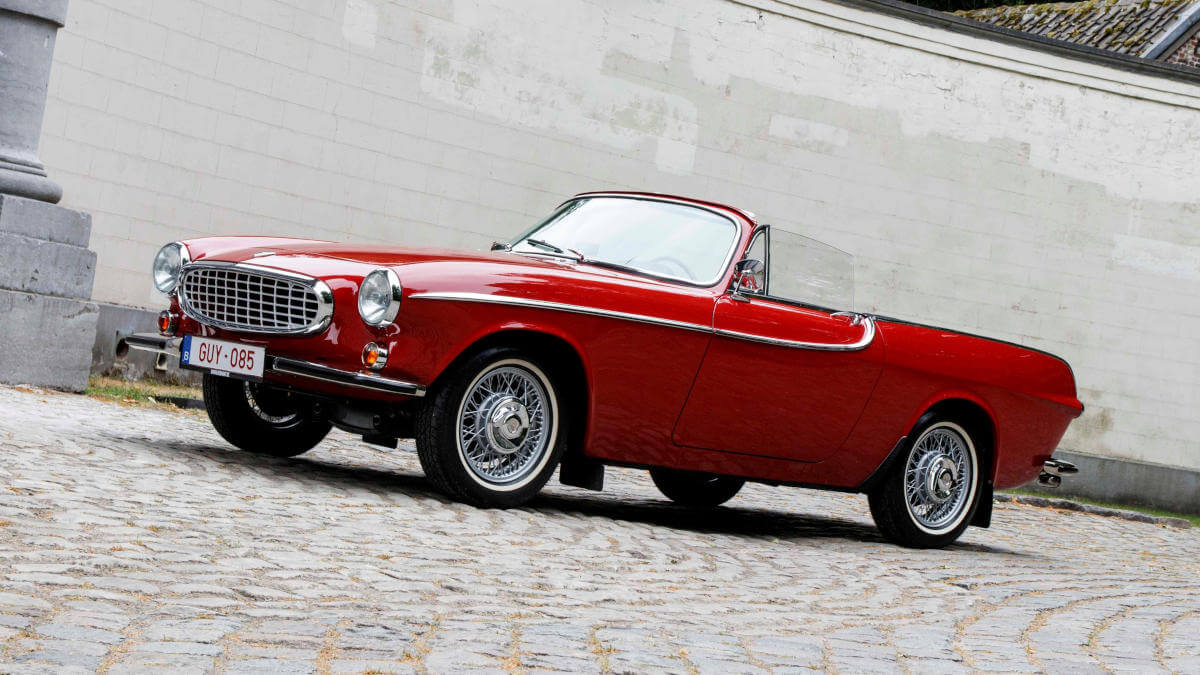



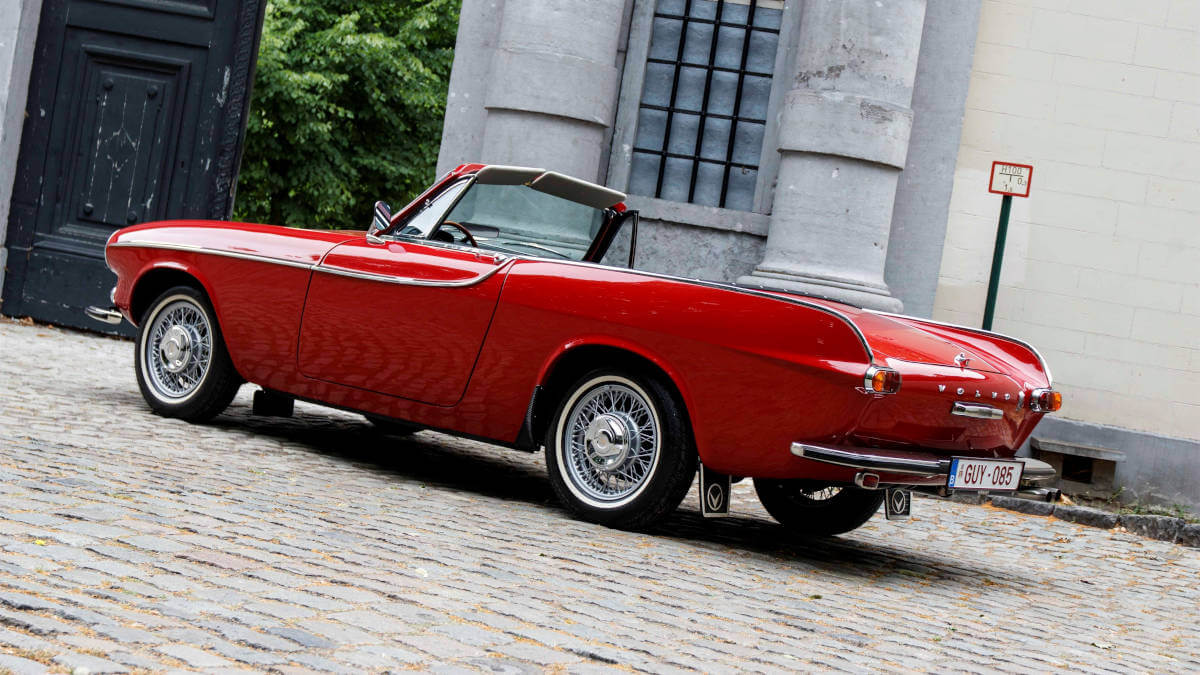



Production at Jensen in the end
After this plan failed so close to production, Volvo contacted other German companies such as Drauz, Hanomag and NSU. However, the management already decided against such cooperation during the respective visits. The P1800 project, as the sports car had been christened in the meantime, was thus pushed back further and further. So much so that Helmer Petterson was already looking for investors to buy the project from Volvo and put it on the road on his own initiative. Up to this point, the public knew nothing about this sports car. However, a newspaper article including a photo appeared in mid-1959, forcing Volvo to admit the existence of this project. The decision was made to bring a breath of fresh air into the project, presenting the P1800 to the public for the first time at the 1960 Brussels Motor Show and finally finding a manufacturing partner in Jensen Motors in West Bromwich, England.
Relocation of production to Sweden
Jensen alone wasn’t in a position to produce the contractually guaranteed 10,000 vehicles. Production of the body shells was therefore transferred to Pressed Steel in Linwood, Scotland. The first examples rolled off the production line in September 1960, all of which were already assigned to the 1961 model year. The engine used was the B18B gasoline engine with a displacement of 1.8 liters and SU twin carburetors. This provided 75 kW/102 hp, which was sufficient for a topspeed of 177 kph (110 mph). However, Volvo wasn’t satisfied with the production quality at Jensen and therefore terminated the contracts after only about 6,000 vehicles had been built. In 1963, production was moved to Volvo’s Lundby plant in Gothenburg instead. This changed the designation from P1800 to 1800S (S for Sweden) and increased the engine power by 8 hp.
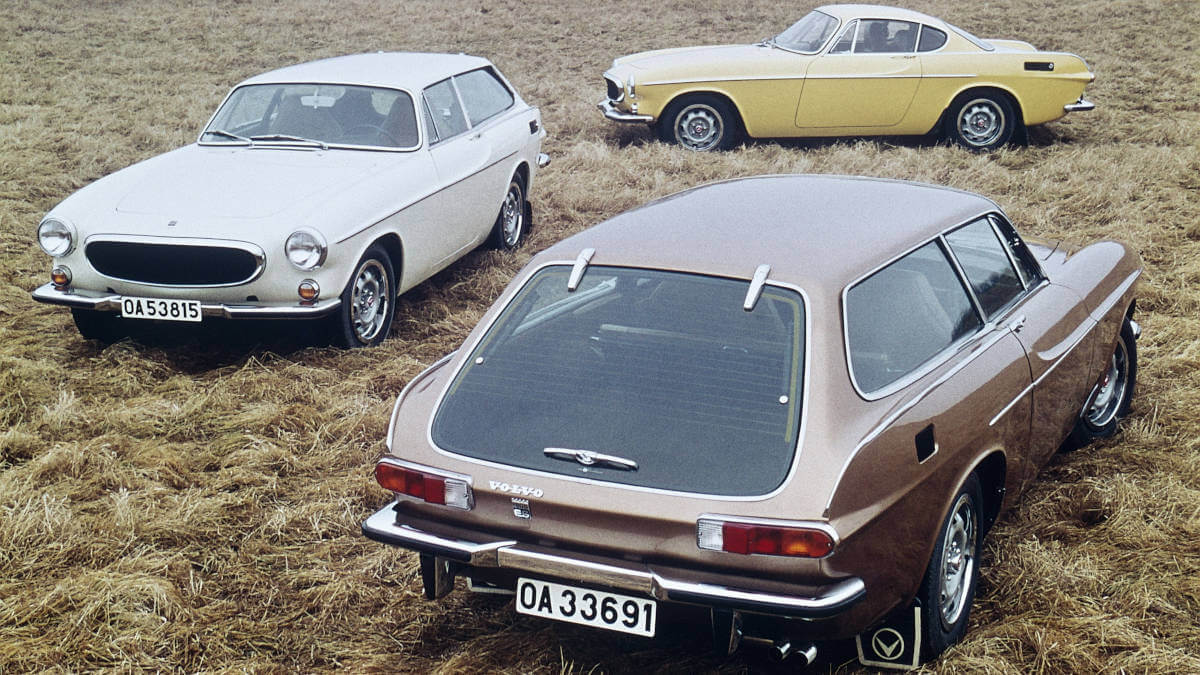



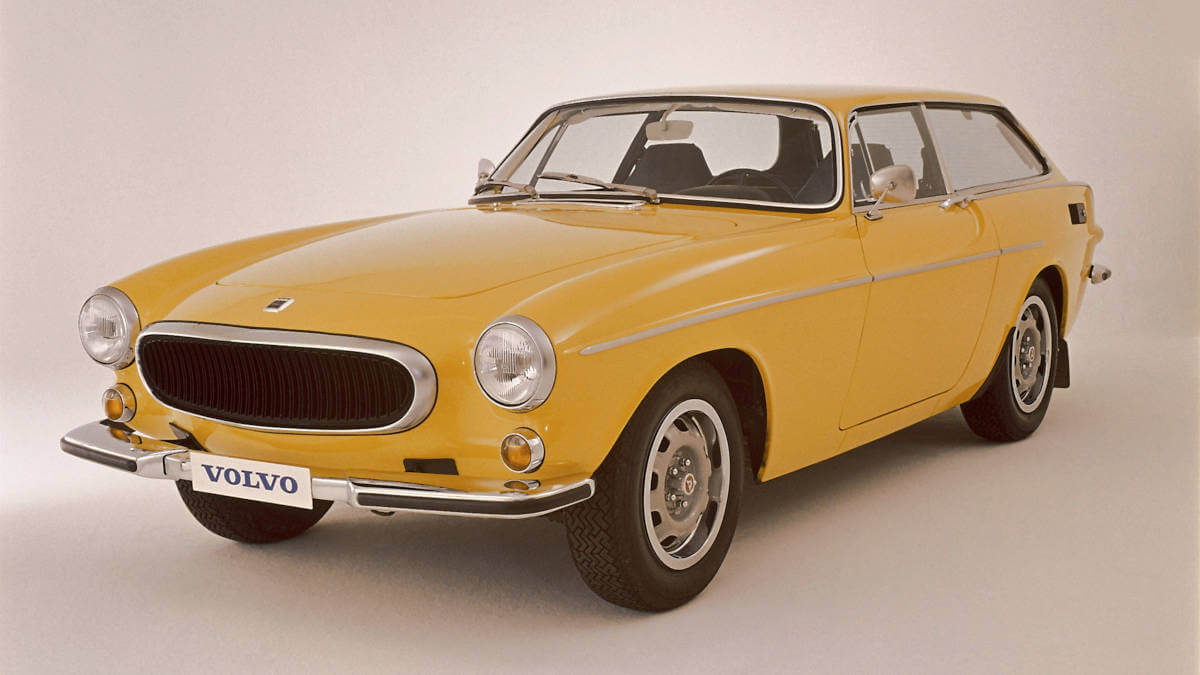



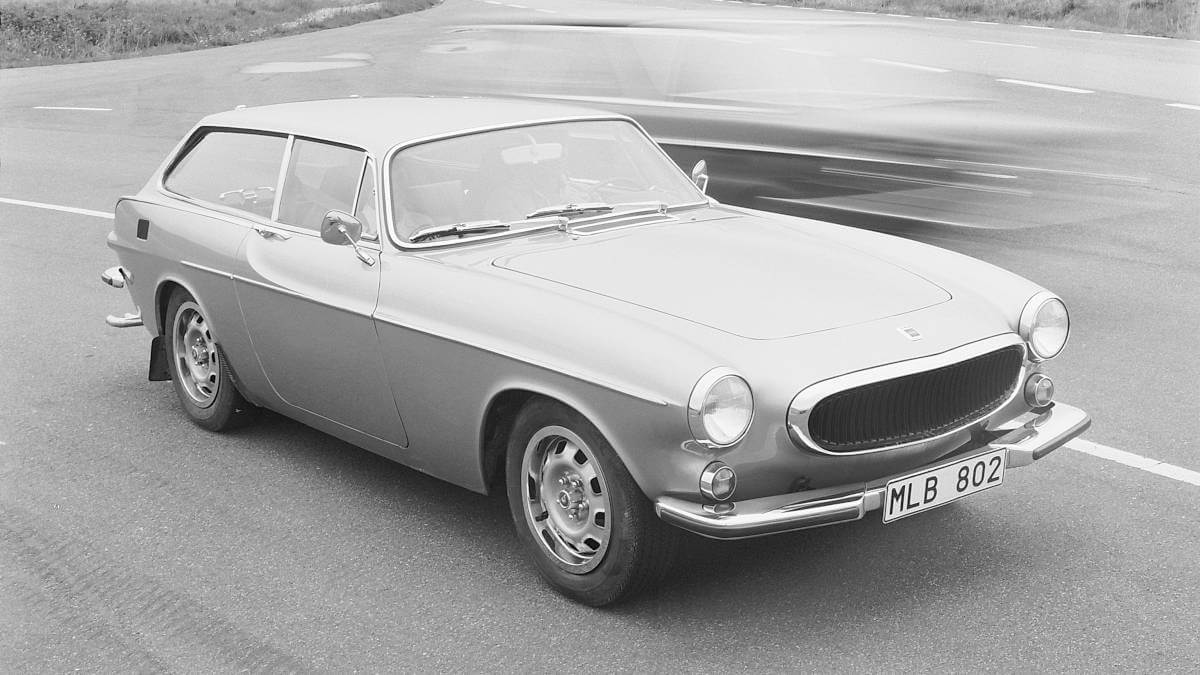



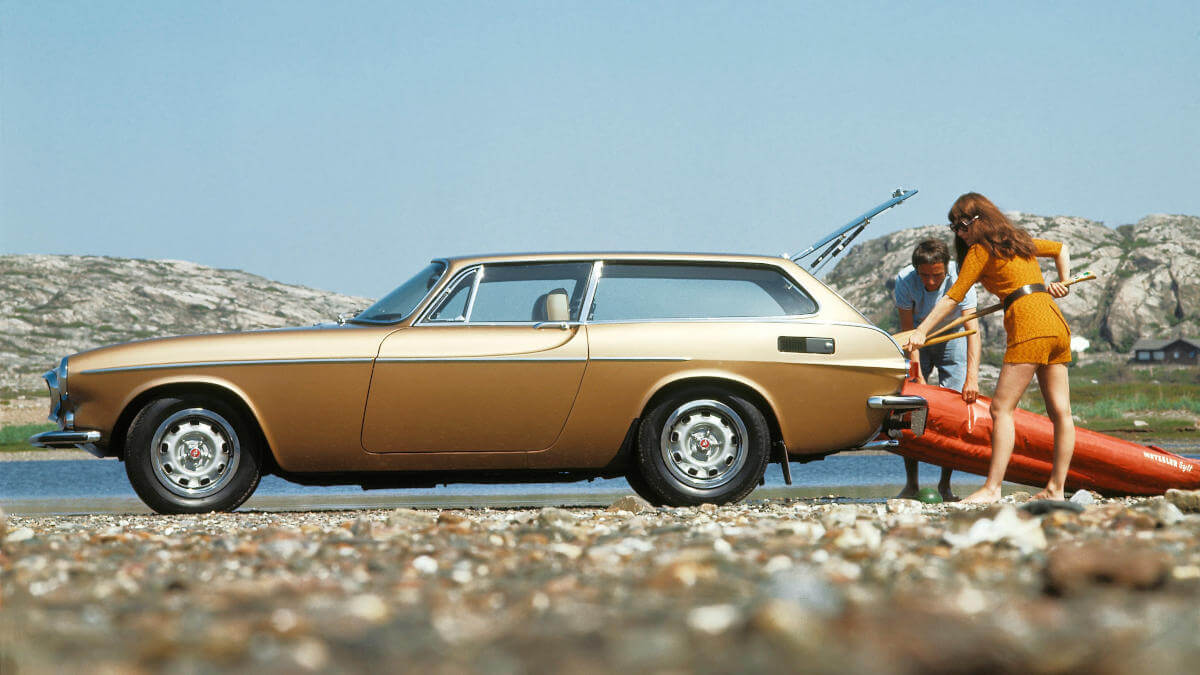



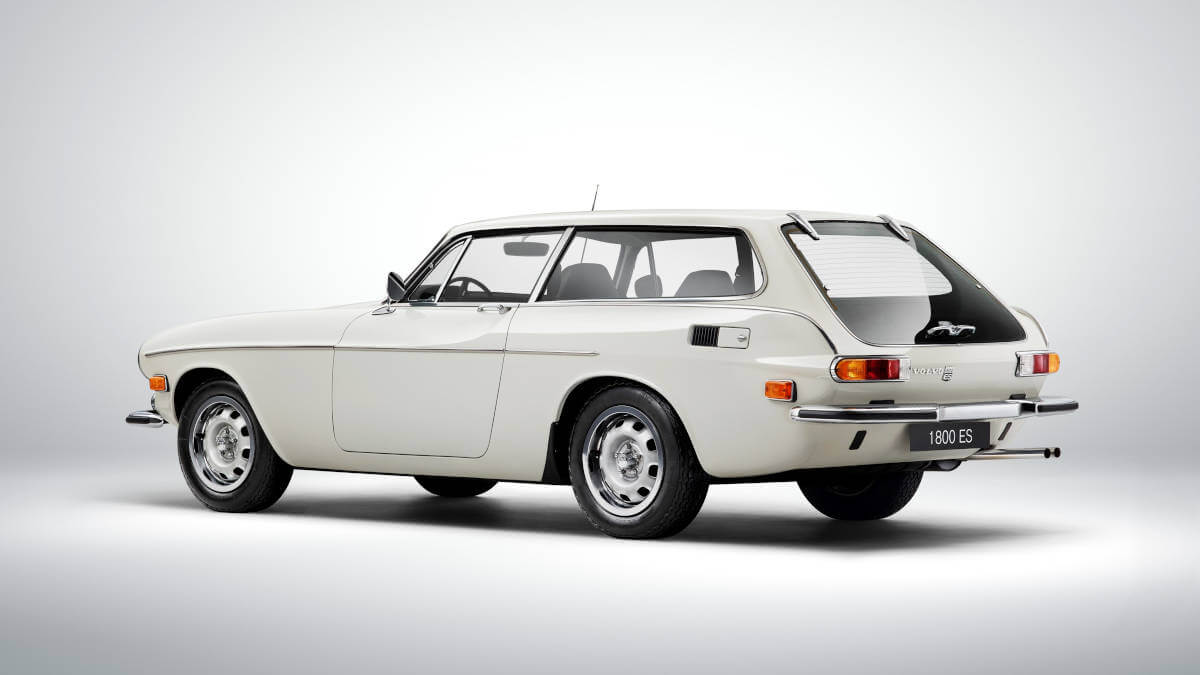



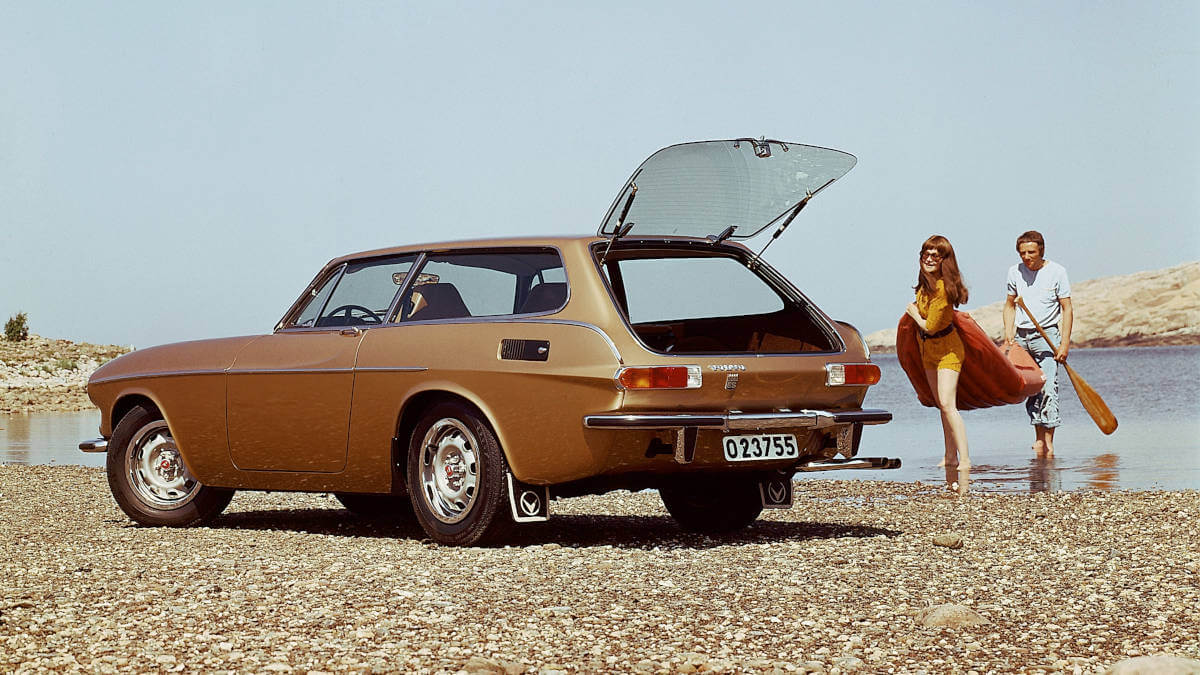



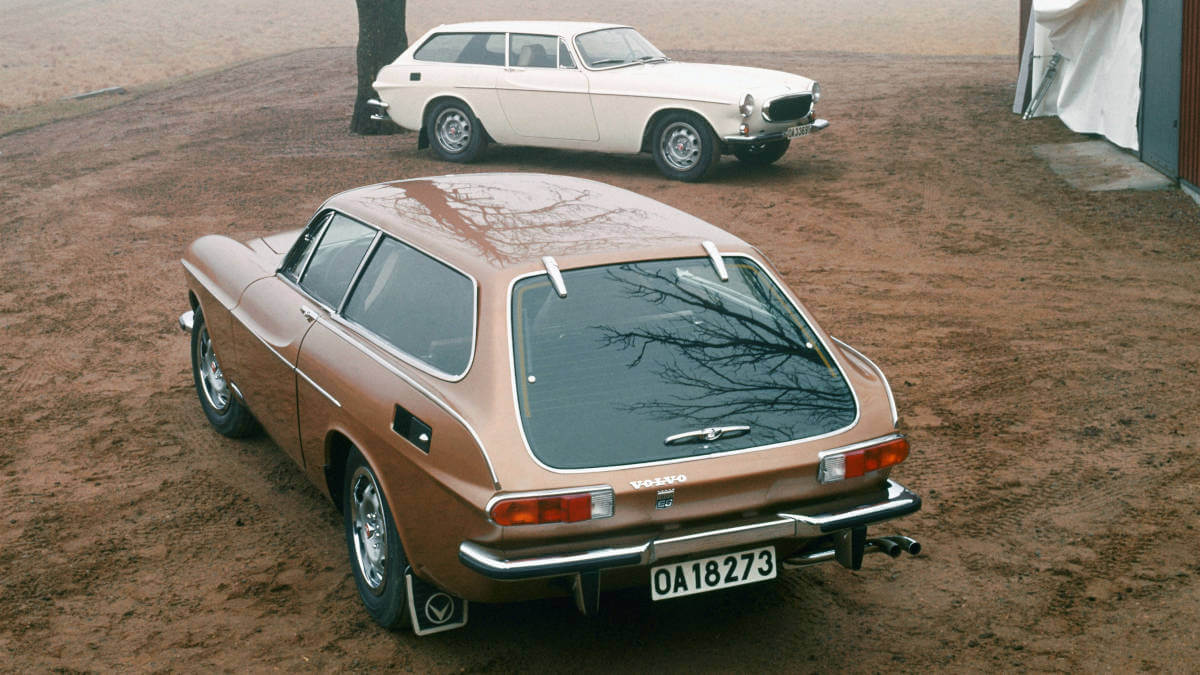



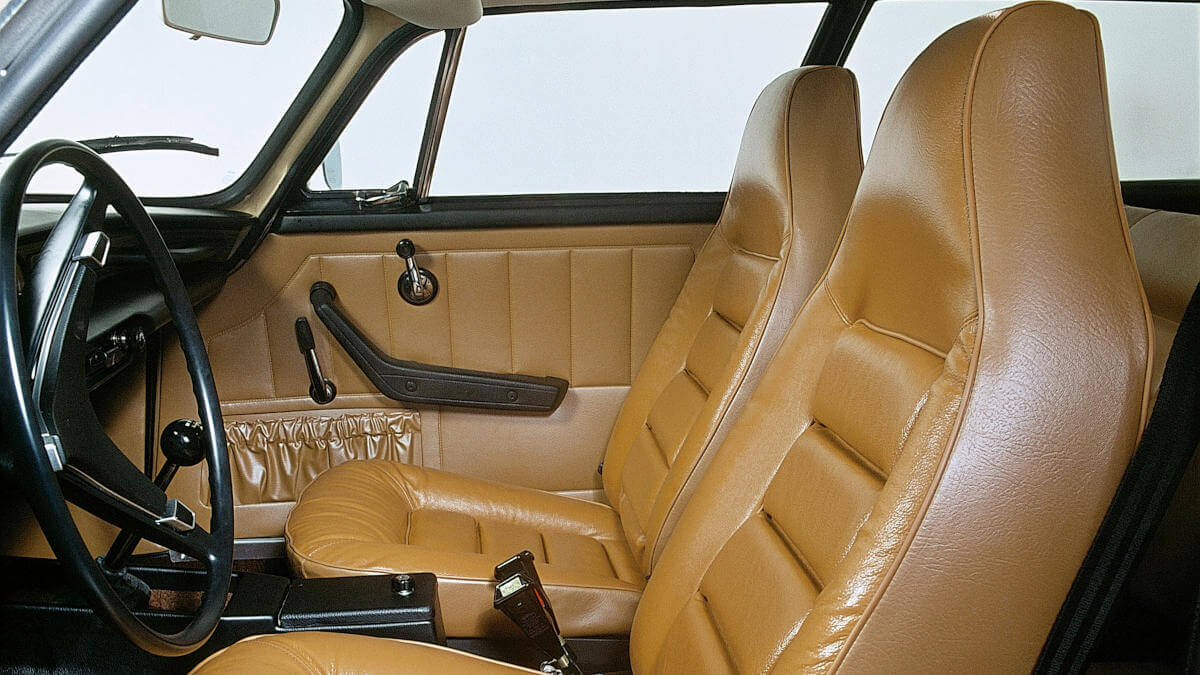



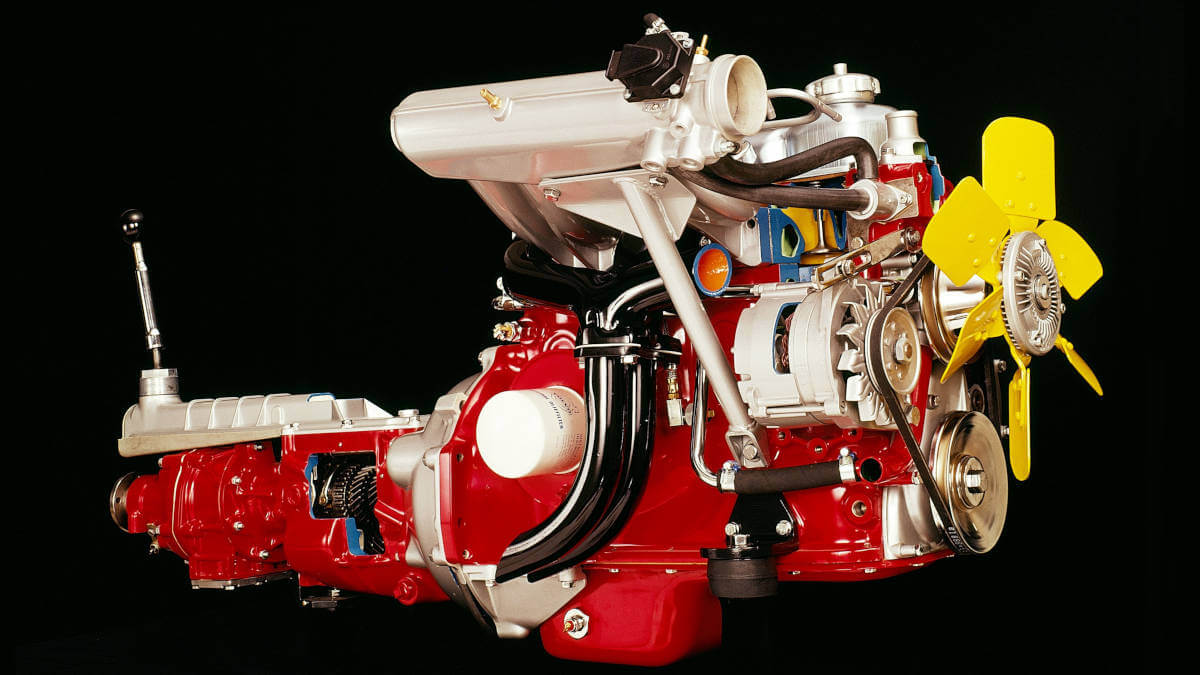



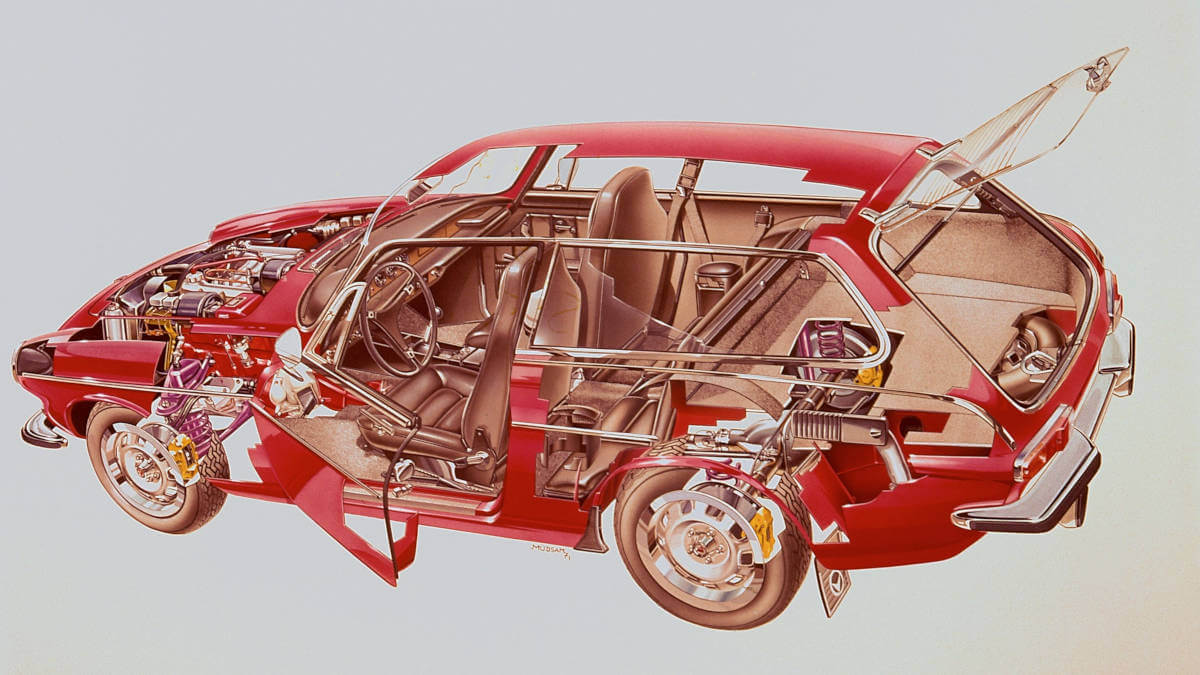



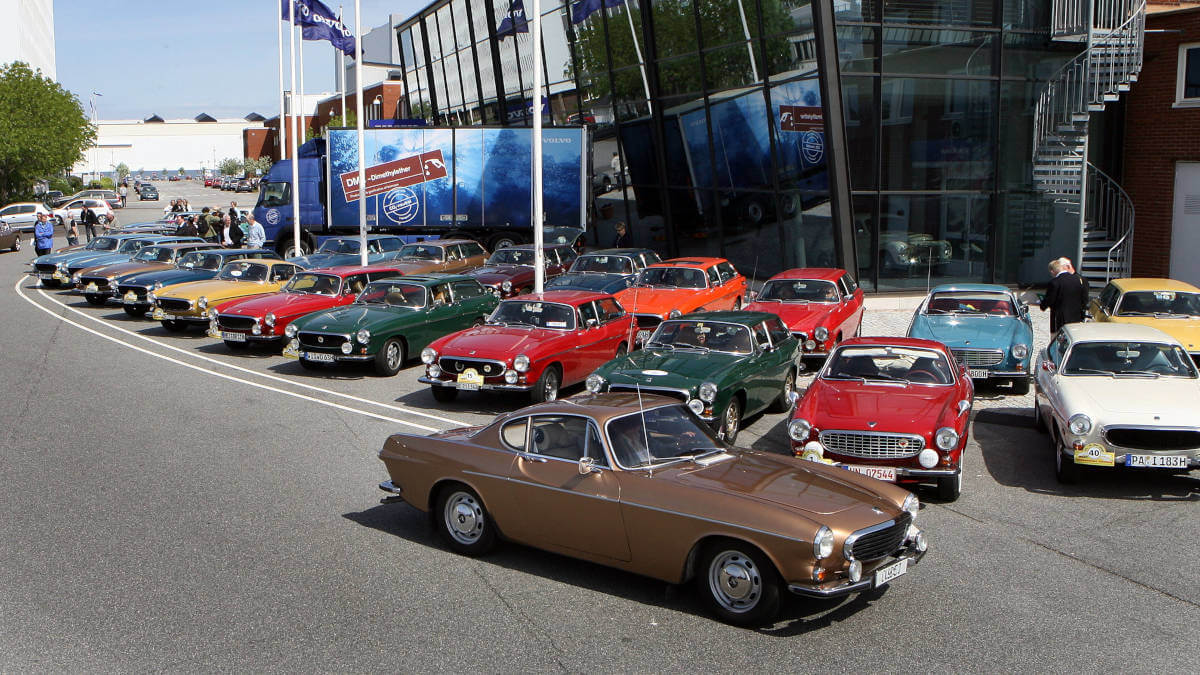



Further engine variants
In 1966, power increased again and was now 86 kW/117 hp. Another three years later, Volvo replaced the B18B with the newly developed B20B with 88 kW/120 hp. Some examples of the 1800S served as film vehicles for Roger Moore in his series role as Simon Templar in 118 episodes. The 1800E was the first gasoline-injected version with a Bosch D-Jetronic and appeared in 1970. With improved average fuel consumption, 97 kW/132 hp was now available, sufficient for a topspeed of 190 kph (118 mph). The 1800E was the first Volvo to be fitted with disc brakes all round. Parallel to the Swedish production, a few examples were built from CKD kits at DiVolvo in Chile. A total of 39,407 Volvo 1800s rolled off the production line in the classic version. Some received conversions to convertible from European and American coachbuilders.
Shooting Brake 1800ES at the end
In August 1971, production of the Volvo 1800ES as a two-door shooting brake or station wagon coupé began in parallel with the two-door 1800E coupé. Prior to this, Pietro Frua and Sergio Coggiola had presented two prototypes that showed new forms based on the 1800E. Both vehicles caused a sensation, but were too futuristic for series production. Instead, the company commissioned its in-house designer Jan Wilsgaard with a new development. Compared with the normal coupé, power was reduced to 93 kW/126 hp due to a thicker cylinder-head gasket and thus reduced compression. The long side windows and frameless rear window, which also served as a trunk lid, soon gave the 1800ES the nickname ‘Fiskbilen’ (fish car) in Sweden and ‘Schneewittchensarg’ (Snow White’s Coffin) in German speaking countries. When the USA, the most important export market, announced new safety regulations for 1974, Volvo ended production of the 1800ES on June 27, 1973, after only 8,077 examples.
Images: Volvo




